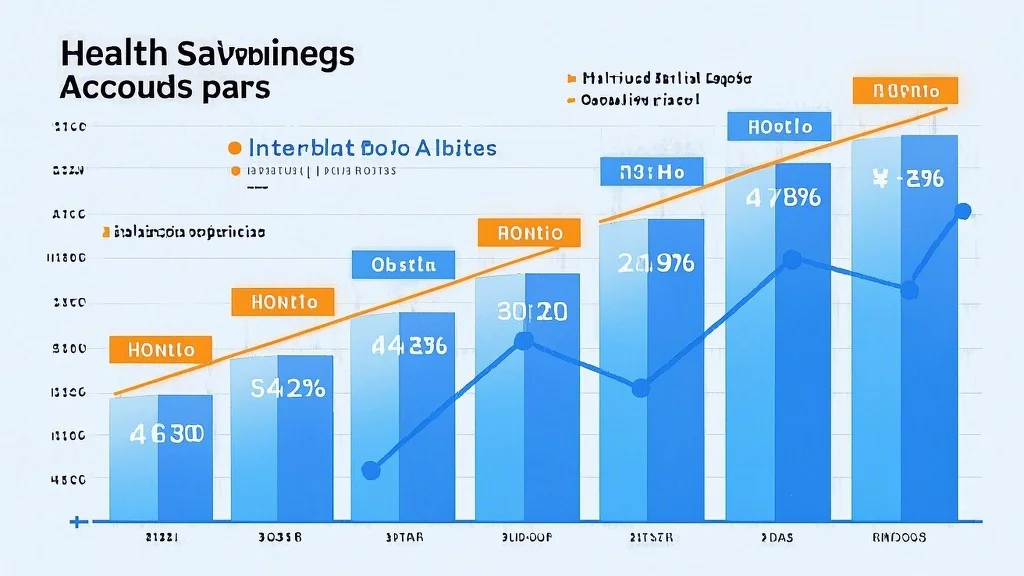Explore the intricate dynamics of bullion market maker spreads and wholesale pricing in the precious metals industry. This article delves into how market makers set spreads, the role of wholesale pricing, and its impact on buyers and sellers in the bullion market.

The bullion market is a fascinating yet complex ecosystem where buyers and sellers converge to trade precious metals like gold, silver, platinum, and palladium. At the heart of this market are bullion market makers, specialized entities that play a pivotal role in maintaining liquidity and facilitating transactions. These market makers are not justMatchers; they are strategic players who set the tone for pricing through their spreads and wholesale pricing models.
A bullion market maker operates by offering both bid and ask prices for precious metals, creating a market for buyers and sellers. The difference between these bid and ask prices is known as the spread. This spread is crucial because it reflects the market maker’s costs, profit margins, and the overall market conditions. For instance, if the spot price of gold is $2000 per ounce, a market maker might offer a bid price of $1995 and an ask price of $2005, resulting in a spread of $10. This spread is essential for the market maker’s profitability, as it ensures they can cover their operational costs and generate a profit.
But what determines the size of this spread? Several factors come into play, including the metal’s volatility, the market maker’s risk tolerance, and the volume of the trade. Precious metals like gold and silver are known for their volatility, which can cause the spread to widen or narrow depending on market conditions. For example, during periods of high volatility, such as geopolitical tensions or economic uncertainty, market makers may increase their spreads to mitigate risks.
Another critical aspect of the bullion market is wholesale pricing. Wholesale pricing refers to the pricing model used by market makers to sell large quantities of precious metals to wholesalers, retailers, and institutional buyers. This pricing model is designed to cater to bulk buyers who require significant volumes of metals for their businesses. Unlike retail pricing, which includes additional costs such as commissions and markups, wholesale pricing is more competitive and transparent, reflecting the market maker’s ability to source and distribute large quantities efficiently.
Wholesale pricing also plays a pivotal role in maintaining the health of the bullion market. By offering attractive wholesale rates, market makers attract institutional buyers who provide liquidity and stability to the market. This, in turn, benefits both buyers and sellers, as it ensures that prices remain competitive and accessible to a wider audience.
In , the role of bullion market makers in setting spreads and wholesale pricing is integral to the functioning of the precious metals market. Their ability to balance profitability with market stability ensures that buyers and sellers can engage in fair and efficient transactions.
Understanding the dynamics of bullion market maker spreads and wholesale pricing is essential for anyone involved in the precious metals industry. These mechanisms not only influence the profitability of market makers but also have a direct impact on the overall market structure.
One of the key challenges faced by market makers is managing their spreads effectively. While a larger spread may seem like an easy way to ensure profitability, it can deter buyers and sellers from participating in the market. On the other hand, a smaller spread may attract more traders but could reduce the market maker’s profit margin. This delicate balance requires a deep understanding of market conditions, including volatility, supply and demand, and macroeconomic factors.
For instance, during periods of low volatility, market makers may reduce their spreads to offer more attractive prices to buyers. This strategy can increase trading volumes, which, in turn, enhances liquidity and reinforces the market maker’s position in the market. Conversely, during periods of high volatility, market makers may widen their spreads to account for the increased risks associated with price fluctuations.
Another important consideration is the role of technology in managing spreads and wholesale pricing. Modern market makers utilize advanced algorithms and data analytics to monitor market conditions in real-time and adjust their spreads accordingly. These tools enable market makers to respond quickly to changing market dynamics, ensuring that their pricing remains competitive and reflective of current market trends.
In addition to spreads, the concept of wholesale pricing is closely tied to the concept of liquidity in the bullion market. Wholesale buyers, such as banks, jewelry manufacturers, and ETFs, play a crucial role in driving demand for precious metals. By offering competitive wholesale rates, market makers can attract these large-volume buyers, which not only increases their own profitability but also contributes to the overall health of the market.
It’s also worth noting that the relationship between market makers and wholesale buyers is mutually beneficial. Market makers rely on wholesale buyers to maintain high trading volumes, while wholesale buyers benefit from the competitive pricing and reliable distribution networks provided by market makers. This symbiotic relationship is a cornerstone of the bullion market’s efficiency and longevity.
In conclusion, the bullion market is a dynamic and intricate system where market makers, spreads, and wholesale pricing all play a critical role. By understanding these elements, both buyers and sellers can navigate the market with greater confidence and make informed decisions that align with their financial goals. Whether you’re a seasoned investor or a new entrant to the precious metals industry, grasping the nuances of bullion market maker spreads and wholesale pricing is essential for thriving in this lucrative and ever-evolving market.




